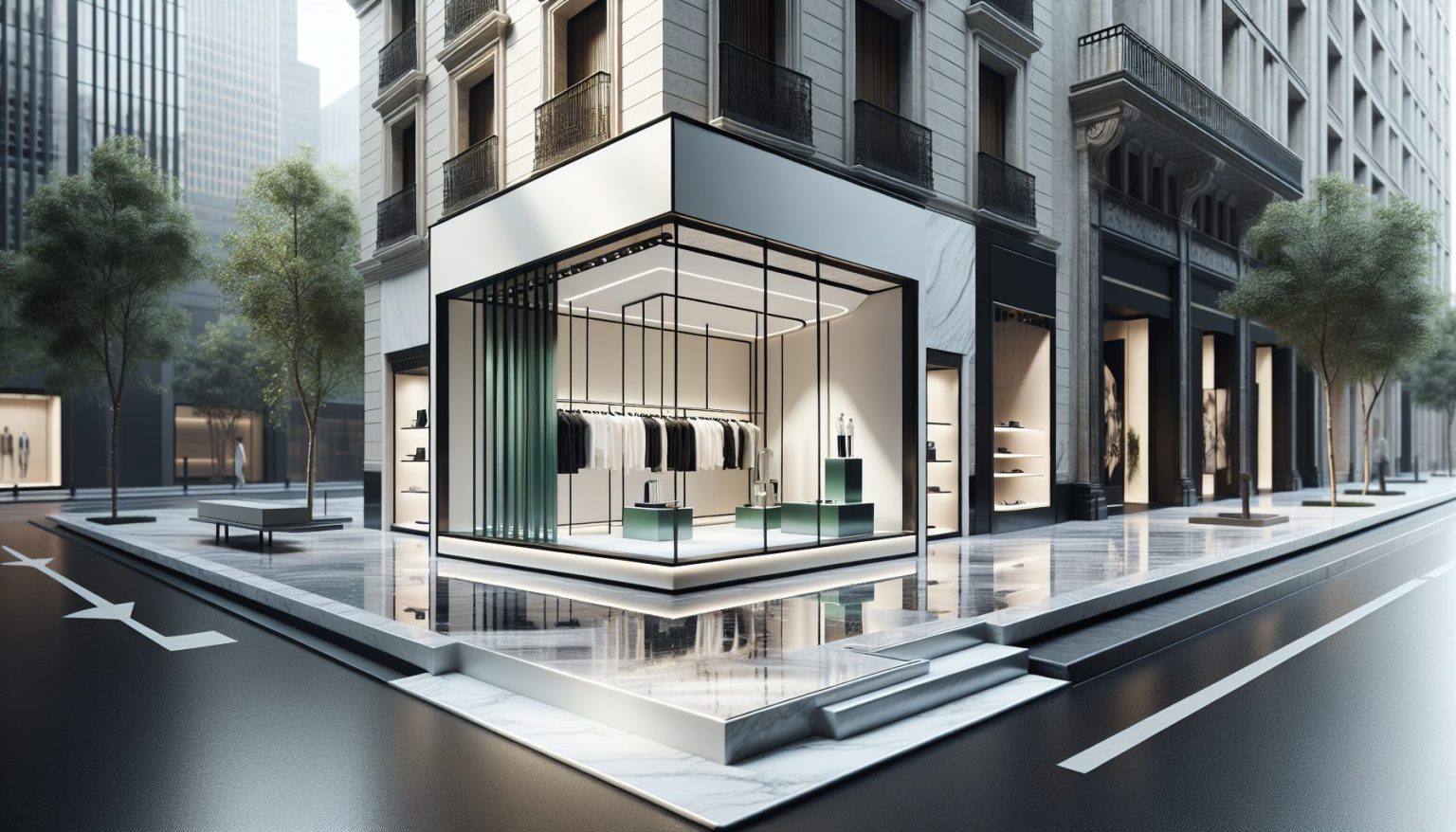The luxury market is experiencing a decline as consumers prioritize stability and clarity over luxury in an era of economic uncertainty. Many consumers are leaning towards options that offer predictable pricing, such as fixed-price offerings like cruises, streaming subscription services, and all-inclusive vacation packages. Spending on activities with variable costs, like spontaneous travel and entertainment, has decreased.
The global luxury market shrank by 2% last year, marking its first decline in 15 years. The drop in luxury spending is primarily among middle-class consumers who once splurged during better economic times. When faced with financial uncertainty, items like high-end watches and designer shoes are often the first to be cut from budgets.
luxury market contraction and stability sought
However, this shift in spending doesn’t necessarily spell doom for all businesses. Companies offering subscription services, which provide consistent revenue, might benefit from this new consumer behavior.
Meanwhile, the departure of middle-class consumers from the luxury market could eventually increase the exclusivity and perceived value of luxury items among the wealthy, who continue to spend. Amid these changing consumer habits, other economic factors are also influencing the market. Recently, the US and China agreed to reduce tariffs for 90 days, which has provided a temporary boost to stock market futures.
This tariff reduction is part of ongoing trade talks aimed at stabilizing the global economy. This evolving economic environment reflects a broader trend in consumer behavior, favoring security over luxury, and adapting to potential global market changes.







